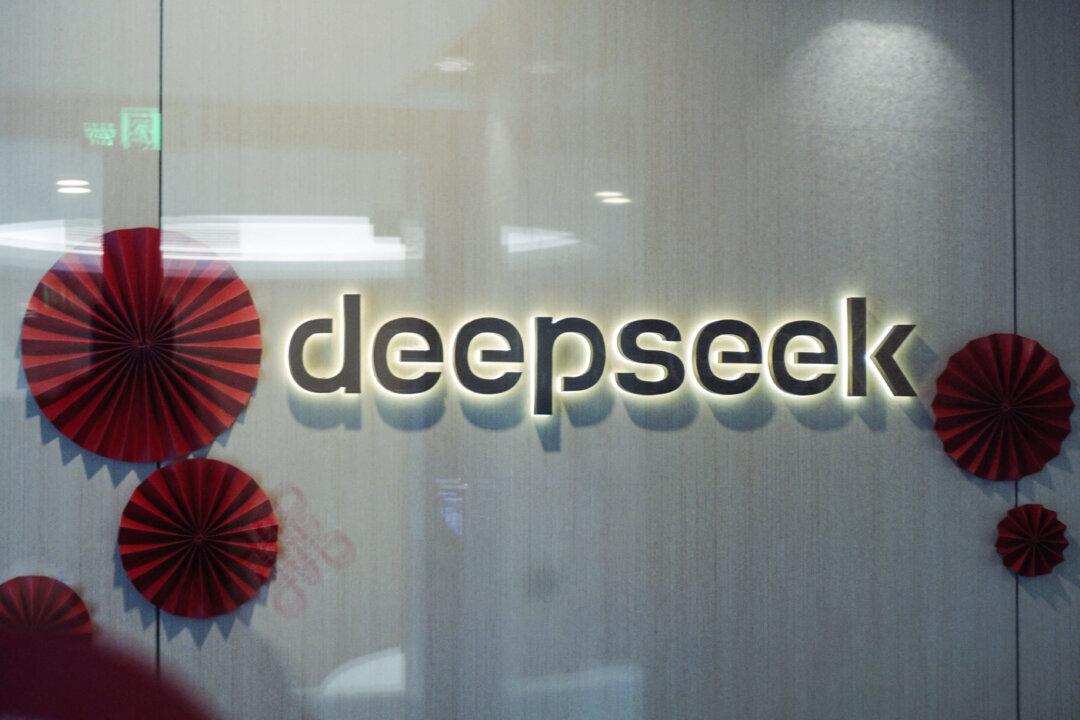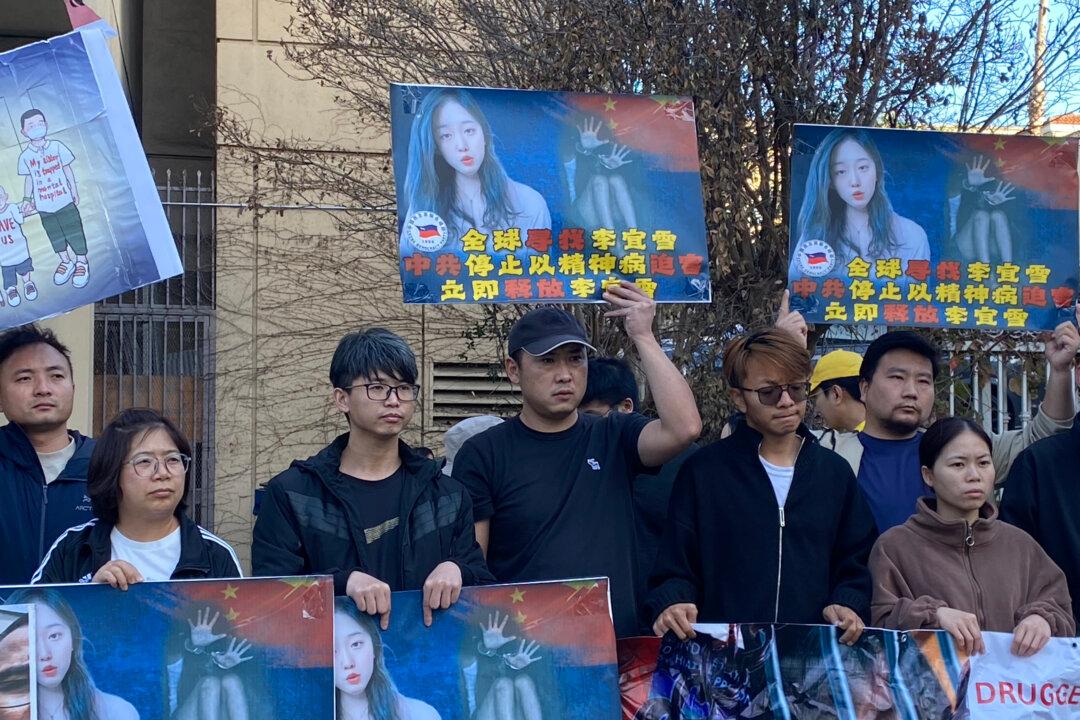An official Chinese state media outlet recently revealed how illegal paper mills in China are operating to get fake manuscripts published, including in top international journals.
In China, a very high metric for publishing academic papers is required for individuals to get promoted in certain professions or academic fields; but for many people, this indicator is almost out of reach. Thus, a gray industry of scientific ghostwriters has evolved offering a “one-stop service” where submissions and publications are done in the name of the client.
By typing in keywords on Chinese search engines, you can easily find a large number of essay factories.
A customer service agent described the process of “producing” a domestic periodical essay. A factory first sends a provisional journal for the client’s verification, then asks for a fee of 1,600 yuan ($250) for writing and publishing an essay in the latest issue of the said journal. If both sides agree, the client pays a deposit of 600 yuan ($95) for the manuscript to be published, then makes the final payment after receiving an essay acceptance notification. The company later sends an electronic version of the final edition, followed by a sample issue in the mail.
The reporter paid the deposit and then received messages about three writing approaches as he requested. After selecting one approach, the paper factory sent him an essay within two days, saying it was written by their professional staff and could be revised as required.
When asked how to publish an essay in international journals of Scientific Citation Index (SCI), an internationally recognized search system of scientific and technical literature, one factory’s customer service agent replied that the client needed to provide basic information such as name, occupation, and research direction to “match” an appropriate journal, while another one directly selected for him a SCI Zone 3 journal. SCI has four zones, and Zone 1 has the highest academic value. If the client pays a 50 percent deposit, the company will immediately arrange a ghostwriter and send the manuscript to the client when it is completed. He pays the remaining amount when he is satisfied with the final revision. Publication of the article can be also arranged.
At another paper mill, after the reporter expressed an urgent need to publish in a top international medical journal, the agent recommended a basically finished English-language essay on orthopedic neck research and delivered a portion of it for review, at a cost of 37,500 yuan ($5,900) for both writing and submitting for publication.
“The manuscript was written by our professional team’s teacher to meet a previous invitation from the editor of a top journal and would be confirmed for publication in a month at the earliest,” the customer service agent said.
Liu Qingyu (a pseudonym) used to work for a ghostwriting company and almost became a formal working writer. He told Xinhua Viewpoint that those involved in the “production” of medical papers have a certain competence that can ensure the quality of the writing, have a systematic medical education background, are even Doctors of Medicine, and have worked in biotechnology companies; yet some of them are not fully aware that they are in a thesis ghostwriting factory before they join.
In some instances, buying and selling research results might be more profitable than doing the research itself.
Liu also said that essays produced by this kind of factory are actually not very good, the factory just works hard to grasp the preferences of the major journals, and then chooses the research areas that are easiest to “apply the formula” to and produce articles on a mass scale.
According to the reporter’s investigation, with paper factories submitting a large number of manuscripts regularly, their relationship with some journals become close, and there are paper “producers” who became co-reviewers for some journals. Some paper factories directly pay off the journal editors so that their writings can be published without obstruction.
China’s Falsified Papers Published in International Journals
Independent writer Zhuge Mingyang told The Epoch Times, “There are many types of academic fraud, but thesis factories are probably the highest-knowledge-content type of academic fraud. This kind of unethical practice has been a common phenomenon in China under the ruling Communist Party for a long time.”
These results have undoubtedly had a huge impact on China’s academic reputation.
Jana Christopher of the Center for Biochemistry at the University of Heidelberg in Germany and others have raised concerns over “disturbing” frauds since early 2018. After research, the European Federation of Biochemical Societies Letters (FEBS Letters), of which Christopher is editor, published on June 27, 2021, eight characteristics of fraudulent papers.
Such manuscripts have a similar textual or organizational structure as other papers. There is a similarity in the composition of the diagrams, annotation styles, graphics, and tables of other papers. They have a formulaic title structure; many manuscripts by different authors came from the same computer. The authors use commercial rather than academic e-mail addresses, and the researcher identification numbers of the authors are missing or blank. The reference list contains papers that are not clearly related. There are unusually short review times and positive results when using author-recommended reviewers.
Elisabeth Bik, a former expert at Stanford University, tweeted in February 2020 that more than 400 articles from various authors and institutions appear to have come from the same “paper mill” and that these articles were written by people in well-known hospitals that are mainly in China.





